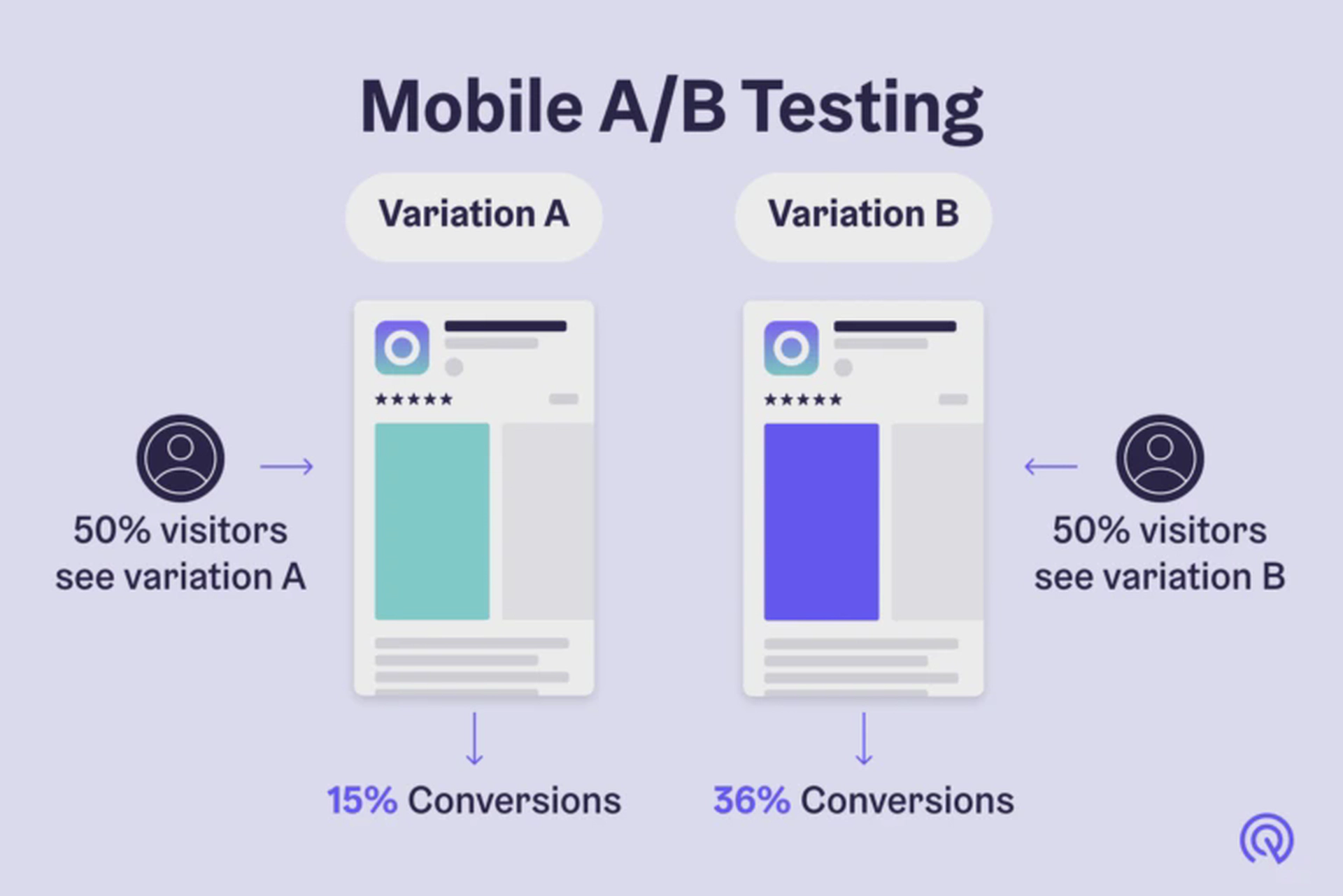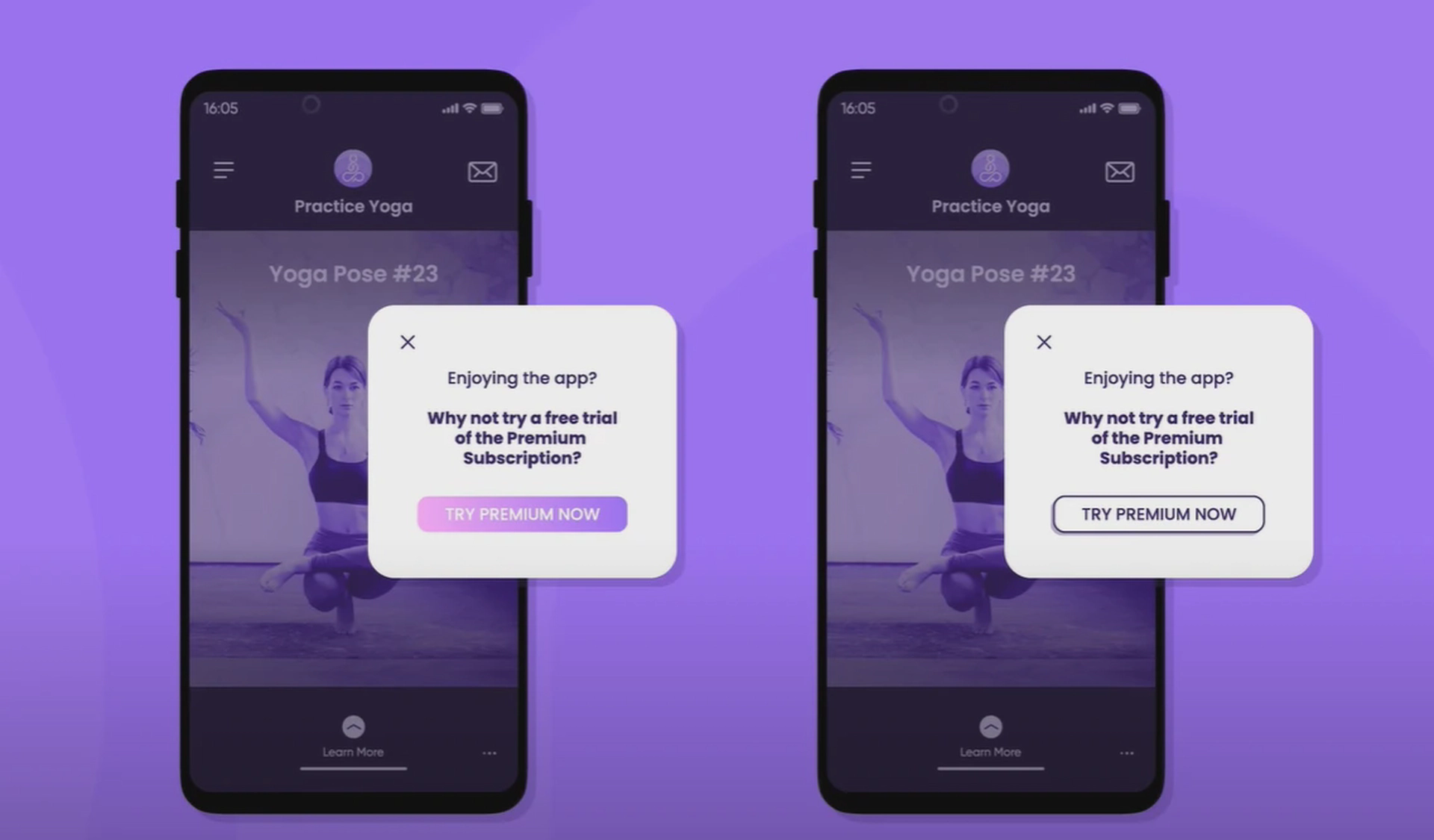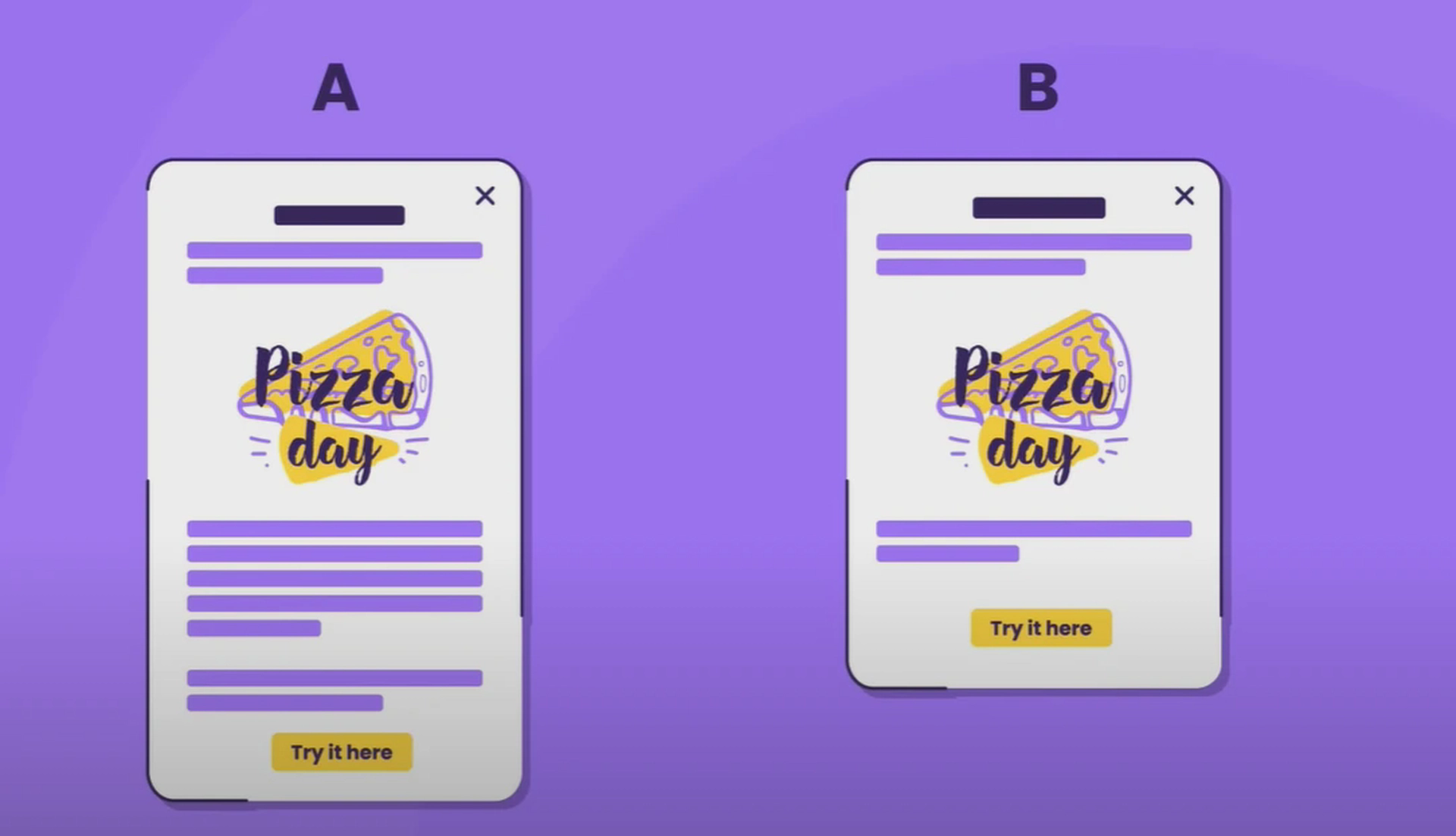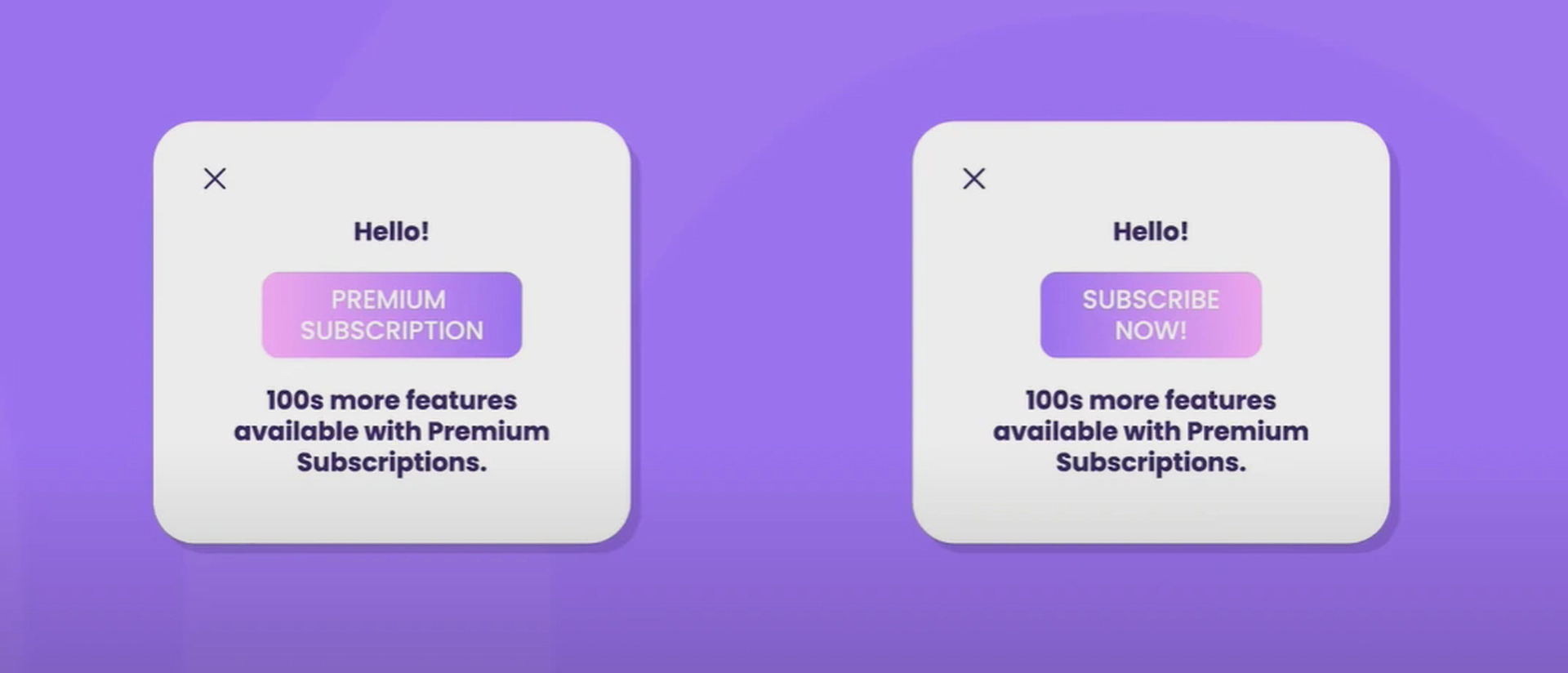
Top 13 Micro SaaS Ideas - Profitable Examples for 2024
Top 13 Micro SaaS Ideas - Profitable Examples for 2024. That's going to give you some really good inspiration …

What if I told you that there’s a way to boost your app installs and user engagement with just a few simple A/B tests?
Sounds interesting, right? In this article I’m going to share with you 5 crucial A/B tests that you should be running to get better app marketing results.
A/B testing is a powerful technique that involves testing different variations of a specific element within your marketing campaigns, such as the messaging, creative or call to action, to see which which performs best. Through A/B testing various aspects of your campaigns, you can gain valuable insights into how your target audience behaves and use those insights to optimize for increased conversions and ROI.
So let’s dive into the 5 essential A/B tests that you should perform to increase performance and improve user engagement.

How you freeze your message is just as important as the message itself, and one word can significantly impact your click through and conversion rates.
For example, mobile gaming app escaped the room found that using the word explore in their headline copy drove a ton more conversions than the words discover and unlock. You could also try experimenting with long form copy versus short form copy or play with the tone of your message. Does a playful tone drive more conversions than a serious tone?

For example, testing different emotionally charged words like proven free or easy can also help you determine which resonates best with your audience.
Last but not least, test different calls to actions.

We all know how important a compelling CTA is, and A/B testing is a great way to figure out which phrase generates more conversions. Just a note on that make sure everything else remains the same in your test so you know what’s making the difference.
This is where potential users often get their first impression of your app, so it’s crucial to make sure it’s optimized to grab the attention of your target audience and generate installs. Focus on the most influential elements of your app store, listing which research shows are your app icon, screenshots, and video.
When it comes to your app icon, experiment with different colors and elements. If you have a game, why not experiment with different facial expressions of your characters? Get creative with your apps screenshots. Try different orientations like portrait or landscape to see which drives more in stalls.
Test different concepts does social proof like positive reviews or awards work better than simply showing your product? You can also shuffle your screenshots to determine the best order to display them in. Make sure your videos are short and show your USP. Test different features colors and durations.
But keep in mind that in the Apple app Store, videos start automatically and may not reflect user engagement. Remember to test each element on both the App Store and the Google Play Store, as each has a unique audience and will interact differently.
This page is a crucial touch point where potential users land after clicking on an ad or a search result. It’s your opportunity to showcase your app’s unique value proposition and convert visitors into users. To increase your landing page’s conversion rate, try A/B testing different hierarchies.
For example, you could test whether an f shaped pattern where visitors first read the page in a horizontal direction, then move down the page and read across a second horizontal line, or a z shaped pattern where visitors read content in a zigzag from top to bottom. Consider the ultimate goal of your landing page and then test different elements that can impact the desired action. For example, you could test the quantity and variety of social proof content, the headline used on the page design elements like colors, fonts and images, and of course, the call to action.
Did you know that 50% of apps are uninstalled within the first day of download? That’s why optimizing the initial interaction with your app is crucial to maximize user engagement and reduce churn. Let’s take the example of a fitness app.
They might want to run an A/B test to see if a traditional or gamified onboarding experience is more engaging for users. Split A could show a series of screens that the user can swipe through at their own pace. While split B might present an interactive quiz that assesses the users fitness goals and preferences.
Measuring the interaction over time will indicate which onboarding flow is the most engaging for their users. Now don’t forget to mix things up. Experiment with the number, order and messaging of different steps in your onboarding flow to see what engages users the most and keeps them around for the long run.
In app messages are a powerful tool to boost engagement, retention and revenue. That’s why it’s crucial to test different variants so you can see which messages really resonate with your users and which make them tune out.
When experimenting with in app messages, consider different stages of the user journey. What might work for a new user could be totally different from what works for an active user who uses your app every day.
For example, a newbie might need some how to messages to get them up to speed.
While a seasoned pro might need some more advanced tips and tricks, try testing different types of messages and also experiment with different variants such as copy images or videos to see what really gets your users engaged.
And last but not least, make sure to test the frequency of your messages. You want to keep your users informed and engaged without bombarding them with too many messages.
Lets wrap up by reviewing 5 best practices to keep in mind when running your tests.
Firstly, define what you want to test and create a hypothesis. Identify the elements that can influence how your target audience interacts with your campaigns and app.
Secondly, test one element at a time to accurately measure the impact of each change. If you test multiple elements simultaneously, it can be difficult to pinpoint which element is responsible for any changes observed.
Thirdly, segment your audience into different test groups with a statistically significant sample size.
This ensures accurate results that will apply to a larger audience, which leads us nicely to our fourth point. It’s really important to agree on the level of statistical significance at the outset, like 90%, and make sure you run the test until you reach that point.
And finally, test seasonally.
What worked in one season may not work in another. By testing the same variables in different seasons, you can uncover surprising insights and optimize your app for all seasons.
So there you have it, 5 A/B tests you can conduct to boost your conversions and positively impact on your bottom line.

Top 13 Micro SaaS Ideas - Profitable Examples for 2024. That's going to give you some really good inspiration …

Every year, there are new technologies that make a difference in the world. 2024 is turning out to be amazing …

Ten B2B SaaS examples that I'm sure you're going to get some amazing inspiration from. For each of these …